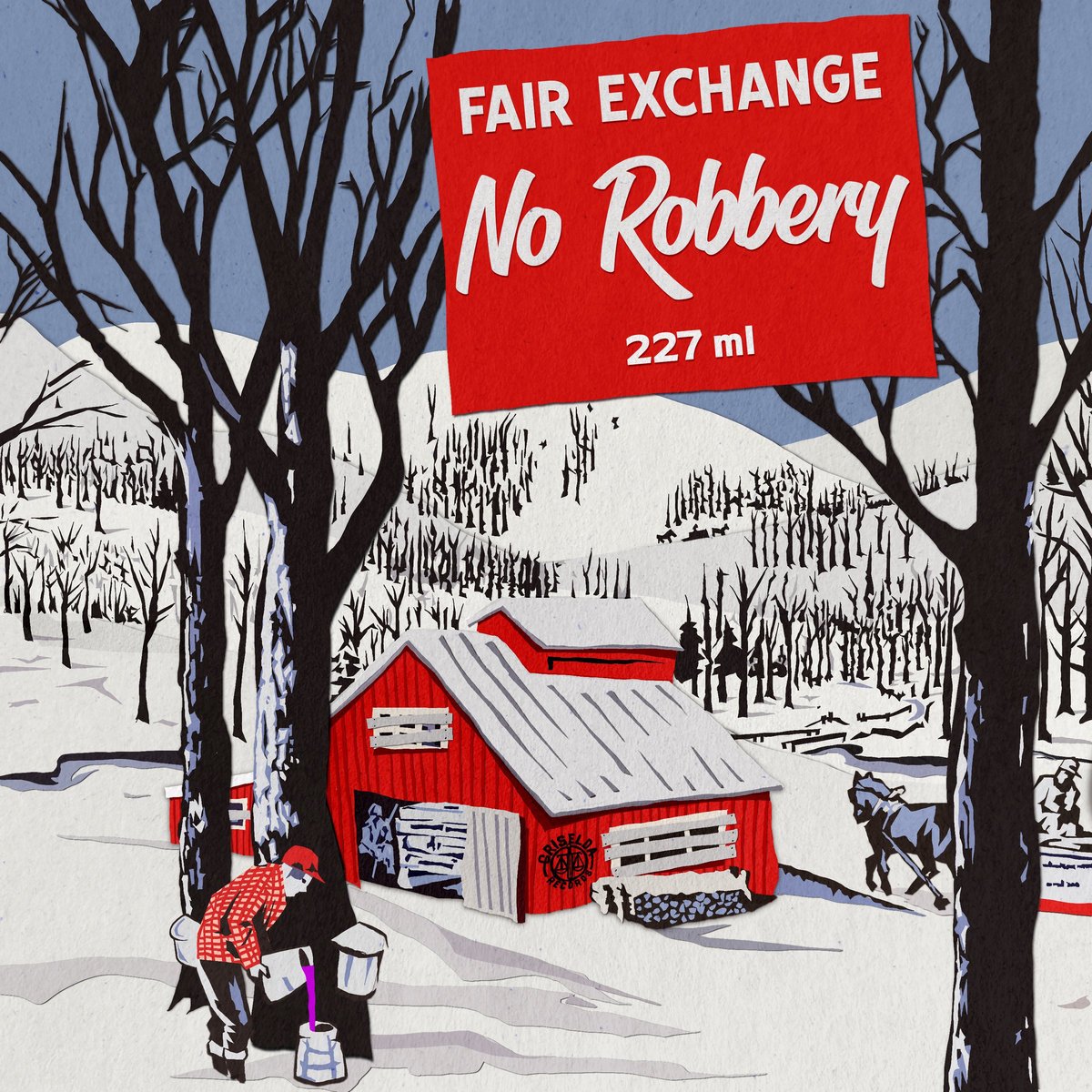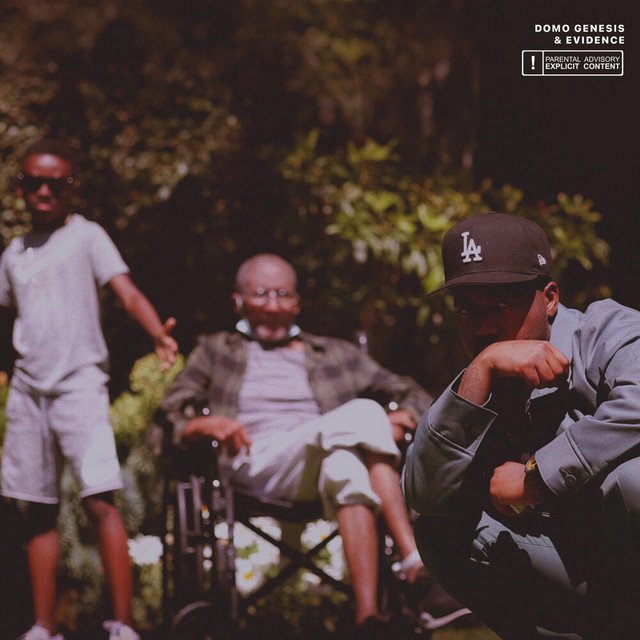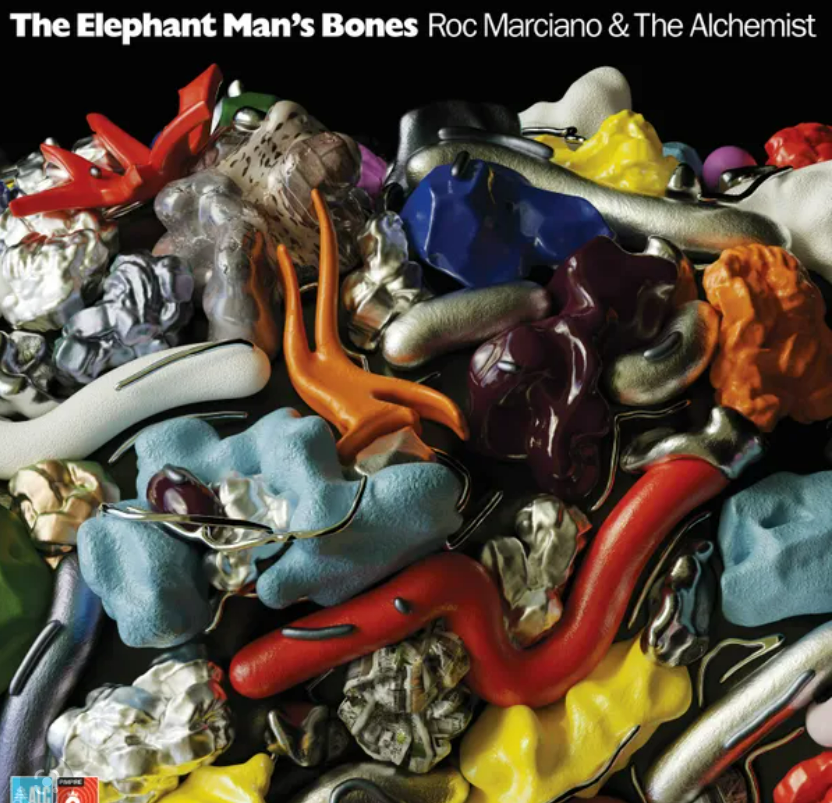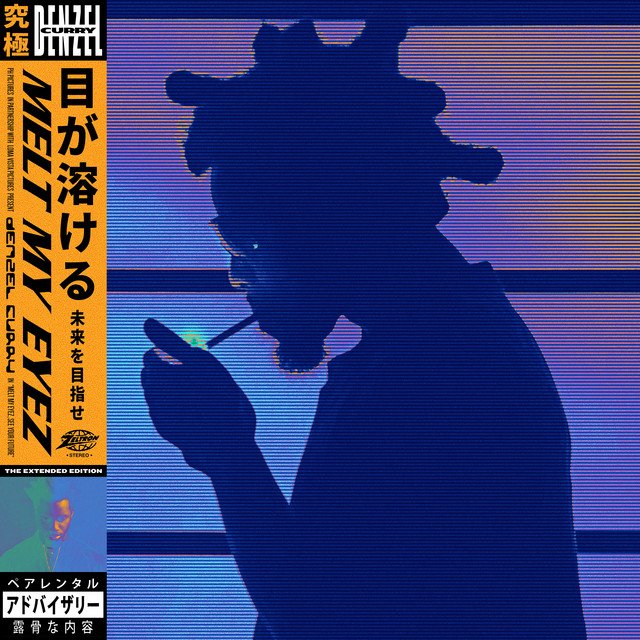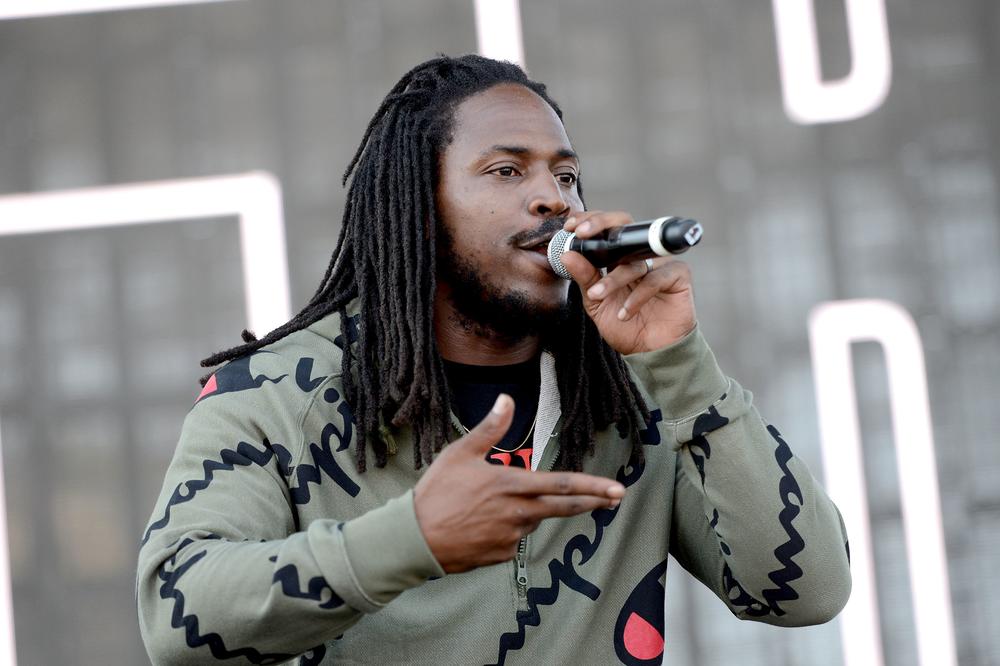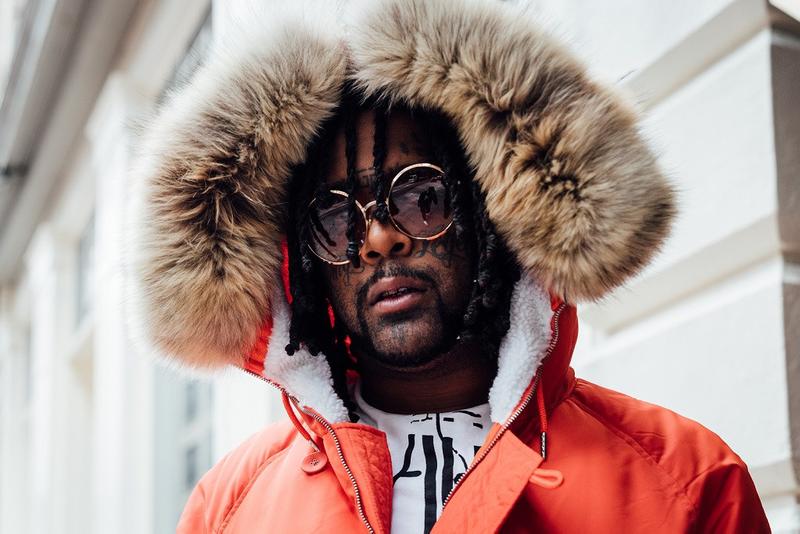Counting Down the Top 20 Albums of 2022
by StereoVision Staff
The end of a calendar year marks new beginnings. The rapid approach of new goals, new situations and new beginnings force us to look back on what we built in the year we just experienced. For music fans, the end of 2022 is an ode to the household names who reminded us of their brilliance, the meteoric rise of originative artists bursting onto their respective scenes, records with such gravitational attraction and quality that they derail Twitter discourse for days on end, and everything in between. Here at StereoVision, the final flip of a page on our yearly calendar just wouldn’t feel complete without counting down our favorite projects of the year. Without further adieu,
Honorable Mentions of 2022
“Luv 4 rent” — Smino
Hints of: Southern Hip-Hop
“Bar & Grill” — Royel otis
Hints of: Indie Rock
“Its Almost dry” — Pusha T
Hints of: Coke Rap, Hip-hop
“kiss the ring” — Rome streetz
Hints of: Coke Rap, Avant-Garde Rap
“Get Fucked” — The Chats
Hints of: Punk
aethopies — billy woods
Hints of: Avant-Garde Rap
the 20 best albums of 2022:
20. god dont make mistakes — conway the machine
Conway the Machine has always been the darker rapper of the founding Griselda Records members, but God Don’t Make Mistakes takes it up a notch. GDMM is a reflective album that details the effects of grief and guilt on an otherwise “successful” life, giving listeners an up-close look at the darkness that’s invaded Conway’s world. His most personal record to date, Conway explores the relationships and isolation that comes with fame while remaining true to his boom-bap, New York roots.
From the dedicated Conway shown in “Drumwork” to the lonely and depressed Conway in “Stressed”, GDMM is a courageously holistic look into Conway’s life, proving that even the darkest topics cannot distract from Conway’s raw musical talent.
Spotlight Track:
19. fair exchange no robbery — boldy james & nicholas craven
Boldy James is a machine. The Griselda standout doesn’t compromise quality, but stills produces impeccable records with quantity. His team-up with rising producer Nicholas Craven is a continuation of what Boldy has built over recent years. With luxurious coke raps laced over inventive sampling, Fair Exchange No Robbery is an amalgamation of the Detroit emcee’s strengths. Craven keeps the record compelling and Boldy looks to expand his sonic palette here as well, taking on surprising beat selections and sliding over them more smoothly than ice.
Boldy’s consistency on Fair Exchange No Robbery is just another reason why he’s one of the best rap artists in the game today.
Spotlight Track:
18. intros, outros & interludes — domo genesis
Since the inception of Odd Future, Domo Genesis has continually proven to be one of the preeminent traditional emcees out of the collective. In his first LP since 2016, Intros, Outros & Interludes, Domo recommences that narrative.
Executively produced by Evidence, Domo explores contemporary underground hip-hop’s distorted landscape to listeners’ excitement. The LA rapper’s wordplay clearly grew by leaps-and-bounds during his hiatus, as he navigates Evidence’s delectable choice of chopped soul samples and drum-less loops. Tracks like “Victories & Losses,” “Trust the Process” and “Don’t Believe Half” showcase a hungry and viscous version of Domo, something that been missing on prior records. Not only is Intros Domo’s highest quality album behind the boards, it’s comfortably one of the best-produced hip-hop records of the year.
Spotlight Track:
17. ramona park broke my heart — vince staples
Over the past two years, Vince Staples has hit his stride artistically. Following up his glittering eponymous LP, RAMONA PARK BROKE MY HEART is an extension of Vince coming into his own. Dabbling in his west coast influences, blending in atmospheric production and revisiting his laid-back delivery, Vince created yet another quality record in 2022.
While RAMONA PARK BROKE MY HEART lacks much of the concision that made his last record so potent, multiple tracks harken back to the energy harnessed on his last record (“DJ QUICK" for example), landing him a spot on this list.
Spotlight Track:
16. cheat codes — Black thought & danger mouse
In case the world forgot, Danger Mouse knows hip-hop. His first hip-hop record since 2005’s THE MOUSE & THE MASK, Cheat Codes is the culmination of two decades of collaboration between Danger Mouse and Black Thought.
Their comfort with each other is clear, as Black Thought remains sharp throughout the album over Danger Mouse’s heavy rhythmic style. Danger Mouse’s ability to adapt to his artists shows with the features, giving A$AP Rocky and Run The Jewels a fast-paced intense beat on “Strangers” and Conway the Machine a more boom-bap, classier style rhythm on “Saltwater.”
Spotlight Track:
15. cocodrillo turbo — action bronson
Cocodrillo Turbo is a quintessential Action Bronson album — not for one second will you forget who created this masterpiece. Simply put, the avant-garde “Cocodrillo Turbo” is a psychedelic-fueled Indiana Jones adventure condensed into a 30-minute album.
From the action-packed intro song “Hound Dog” down to Yung Mehico’s saxophone closing out the album, Bronson keeps listeners entertained throughout. The artists featured on the album maintain their artistic authenticity while still rapping over distinctly Bronson beats, like Conway’s gaudy and relaxed verse on “Tongpo” and Mayhem Lauren’s bougie and confident feature on “Turkish.” Throughout the album, Bronson bodies beats that don’t even sound like music, holding his footing over snarling crocodiles, growling jaguars and squealing pigs like it’s nothing.
Spotlight Track:
14. WHat yall mad about today — chris crack
Chris Crack’s What Y’all Mad About Today is just one of countless reasons to start paying attention to the rising 32 year-old.
Employing many of the underground elements of avant-garde rap, Chris Crack’s iconic delivery and witty wordplay takes a page from Griselda’s playbook and makes it completely his own. On What Y’all Mad About Today, Chris Crack shows why his listeners regard him so highly when it comes to his pen. You cannot have a discussion about the emcees with the most canny one-liners without including Chris Crack. The result is a grimed record filled with personality and witty piece of music that shows flashes of supreme artistic refinement.
Spotlight Track:
13. the elephant man’s bones — roc marciano & the alchemist
Unstoppable force meets immoveable object. Goliath of the underground teams up with a producer whose name is etched into the very fabric of hip-hop history. Roc Marciano and The Alchemist’s collaborative tape had immense expectations to live up to. Only possible with artists of this duo’s magnitude, The Elephant Man’s Bones is able to simultaneously fall short and impress in the same vain.
Boasting songs such as “Quantum Leap,” “Stigmata,” as well as the title track, calling The Elephant Man’s Bones disappointing would be entirely unfair. On the other hand, the production here just isn’t quite as ground breaking as we’ve seen from Alchemist. Opting for understated production to allow Roc’s wordplay to take center-stage works in places, but not across all 14 tracks. While also possessing several song of the year and verse of the year candidates, The Elephant Man’s Bones’ inconsistent bright spots alone propel it past many rap records this year.
Spotlight Track:
12. sos — sza
Considering it’s thoroughness, thoughtfulness and craftmanship, its hard to believe SOS is SZA’s second studio album. You simply cannot begin to have a dialogue regarding contemporary R&B without mentioning the angel-voiced TDE member and this record reminded everyone why.
Borrowing the addictive song writing and structuring employed on 2017’s CTRL, SZA expands on her signature blend of R&B and hip-hop undertones here in an intriguing way. SZA’s rapping ability noticeably improved during her 5 year hiatus, allowing her to create standouts such as “Forgiveless” and “Smoking on my Ex Pack SOS has something for every listener, making it a versatile, impeccable and glorious return to form for SZA.
Spotlight Track:
11. no thank you - little simz
The age-old saying “better late than never” couldn’t be more accurate when regarding Little Simz’ belated entry to the 2022 album of the year contest with NO THANK YOU. Simz is in a similar space mentally here as her previous standout record: she’s tired of hip-hop fame and the indignation that comes with it. But on NO THANK YOU, Simz isn’t just tired, she’s angry.
Felt through her razor-sharp delivery and cunning writing such as “f**k the politics I’m going Meghan on you neeks,” Simz has evidently grown as both an artist and emcee at an expeditious pace. With varied and enjoyable production throughout, the sole issue with NO THANK YOU is that it dropped in the twilight of 2022.
Spotlight Track:
10. the forever story — jid
The most definitive way to describe JID’s The Forever Story is that it’s the unblemished and rounded record that we all knew JID was capable of creating.
Everything presented here is at the absolute peak of JID’s capabilities as an artist. From the abstract and captivating beat selections, to the intricate double entendres sprinkled across the record, The Forever Story is by far JID’s most complete record to date. With a jaw-dropping list of guests including Yasiin Bey, Lil Wayne, 21 Savage, EARTHGANG and more, The Forever Story does more than just hold the listener’s attention throughout its one hour runtime, it ensnares.
Spotlight Track:
9. tana talk 4 — benny the butcher
Following up an unquestionably classic mixtape like Tana Talk 3 is no small task, and Benny the Butcher was clearly here for the challenge.
Tana Talk 4 was a shining star in Griselda’s marvelous calendar year. With the production duties split between the legendary Daringer and Alchemist, the beats served up for Benny are prodigious, allowing Benny to reach new heights as an emcee. From song of the year contender and J. Cole collaboration “Johnny P’s Caddy,” to the opulent “Weekend’s in the Perry’s” with Boldy James, you’d be hard pressed to find a single skip on Tana Talk 4. Benny isn’t doing anything necessarily groundbreaking here, however, elongating his ridiculous run of consistently enjoyable underground rap records is certainly remarkable.
Spotlight Track:
8. wasteland — brent faiyaz
Since Brent Faiyaz burst onto the modern R&B scene in the mid-to-late 2010’s, listeners have marveled at his gifted singing voice. While dazzling on features and singles, Brent struggled to put together a comprehensive and thoroughly composite LP. That is, until the release of his 2022 effort WASTELAND.
WASTELAND sees Brent pull together the various components of his musical talents and employ them properly. The songwriting is as catchy as ever, his occasionally rap verses are well written, and, of course, his vocalization is spot-on. Brimming with silky tracks from head-to-toe, WASTELAND is an actualization of the potential Brent has displayed over the years. In conjunction with a central narrative about his toxic ways causing tragedy, WASTELAND is both Brent’s highest-quality record and the best traditional R&B record of 2022.
Spotlight Track:
7. no fear of time — black star & madlib
One word tends to come to mind when discussing the Madlib-produced Black Star reunion we hip-hop fans were blessed with: retrofuturism. Madlib’s patchwork production symphonies offer Black Star a complete escape from their previous boom-bap driven sound. From the shades of bouncy reggae present on “Sweetheart. Sweethard. Sweetodd.,” to the high energy masterpiece that is “So Be It,” Madlib has continually found a way to be at the forefront of innovation behind the boards in hip-hop.
26 years since releasing their first record as a duo, Yasiin Bey and Talib Kweli have yet to lose their hip-hop chemistry, a fact that’s evident on No Fear of Time.
Highlight Track: Sweetheart. Sweethard. Sweetodd.
6. mr. morale & the big steppers — kendrick lamar
Since 2012, Kendrick Lamar has been anointed as the savior of rap music. An immense pressure that informed his generational pen for the vast majority of his career, Lamar spent the last 10 years digging and searching for ways to live up to the burden placed on his shoulders.
But Mr. Morale & The Big Steppers turns the mirror away from that duty, and inward at the man Lamar has become, for better and for worse. Kendrick’s 2022 project is his most confessionary record to date. Exploring his own childhood trauma, toxic tendencies and mental state, Mr. Morale & The Big Steppers tells the story of a flawed man who has taken his focus away from being other people’s savior. An endearing journey through Lamar’s personal journey as a human being ignited by his inherent talent as a musician, Mr. Morale & The Big Steppers is yet another superb addition to a catalogue littered with classic records.
Spotlight Track:
5. dawn fm — the weeknd
The Weeknd possesses an immensely rare skill as an artist: he’s a bonafide master of concept albums. Dawn FM showcases Abel’s ability to tell an intriguing story, one that builds off of the same conceptual mastery displayed on After Hours.
Journeying into the beyond after his narrative death in After Hours, Dawn FM is a purgatorial pitstop in his trilogy, one made possible by a exciting exploration of 80’s synth-pop. Paired with his distinguishably unique voice, the production on this record is groovy and superb throughout. Hit making comes easy to an artist of Abel’s magnitude, as his fills Dawn FM’s track list with hit after hit (“Out of Time,” “Is There Someone Else?,” “Take My Breath).
Spotlight Track:
4. 10 — westside gunn
Despite only having two solo songs, Westside Gunn never loses the spotlight in 10. Gunn maintains his signature high-class style throughout, surprising listeners by bringing in legends like Ghostface Killah, Busta Rhymes, Black Star and more to close out the “Hitler Wears Hermes” series.
In true Gunn fashion, each song brings a unique beat to back up equally attention-grabbing lyrics without sounding like it’s doing too much. Elegant and clean-cut, 10 is a culmination of the skill Gunn has honed throughout his HWH series. Plus, the second track spotlights his son, FlyGod Jr., as a producer. The father-son artistic connection benefits both Gunn and Doe Boy, as they thrive on the cold-blooded beat in “FlyGod Jr.”
Spotlight Track:
3. melt my eyez see your future (deluxe) — denzel curry
The maturation of an artist is a stunning phenomenon to witness. While it’s been evident for a number of years that Denzel Curry was one of the astute writers of his generation, Zel has been trying to find consistency in his sonic approach for some time now. Melt My Eyez See Your Future is an entirely aimed record, one’s that individual components are wrapped tightly and produce a comprehensive body of work.
Melt My Eyez See Your Future is a personification of Zel and his relationship with the world he exists in. Across the album, Zel is inquisitive, pessimistic, optimistic, candid, calculated and contemplative. Focusing on both his own personal faults and the inadequacies of modern life, Zel displays a level of pellucidity that is simply not available on his prior LPs. The production here is scattered in the best way possible, pulling in JPEGMAFIA, Thundercat, Kenny Beats & Kal Banx to blend their wildly unique sonic styles with his own. Paired with a innovative deluxe album release, 2022 was Zel’s year.
Spotlight Track:
2. sick! — Earl sweatshirt
If one truth has been proven to be self evident about Earl Sweathsirt and his artistry, it’s that he is nothing short of a brilliant poet whose greatest strength is his ability to convey feeling. SICK! is a bit of a departure from Earl’s gruesomely bleak, visceral avant-garde sonic aesthetic, yes. But it’s far from a departure from the unmitigated honesty in his pen.
At times, SICK! is light-hearted, allowing Earl to expand artistically and challenge himself as an emcee. Tracks like “Lobby (int),” “Visions,” and “Titanic” have an unmistakable trap influence, a sound we have sparingly seen from the Odd Future alumni. Simulatenously pushing his sound forward (“God Laughs,” “Tabula Rasa”), SICK! allows Earl to grow and explore his own talents. For an artist as gifted as him, it’s not a surprise SICK! was one of the best rap records of 2022.
Spotlight Track:
1. gemini rights — steve lacy
Each year, music fans anticipate a release so superb, it commands the attention of music enjoyers of all varieties. Turning heads, directing trends and dominating the perpetual musical deliberation, albums as superlative as Steve Lacy’s Gemini Rights etch an indelible mark on the musical year itself.
A 35-minute romantic catharsis doubling as a funky R&B, pop fusion exercise, Gemini Rights has all the elements of clear-cut album of the year candidate. Lacy’s endearing and relatable storytelling mixed with his undeniably generational song writing ability allowed tracks like “Bad Habit” to explode as a megahit. Lacy finding the precise and proper combination of experimentalism and hit making produce a track list to be littered with song of the year candidates (“Sunshine,” “Helmet,” “Mercury”). 2022 was a superb year musically, but it will ultimately be known as the year of the Gemini.
Spotlight Track:
Thanks for reading! Make sure to follow us on Instagram to stay up-to-date on everything music.









